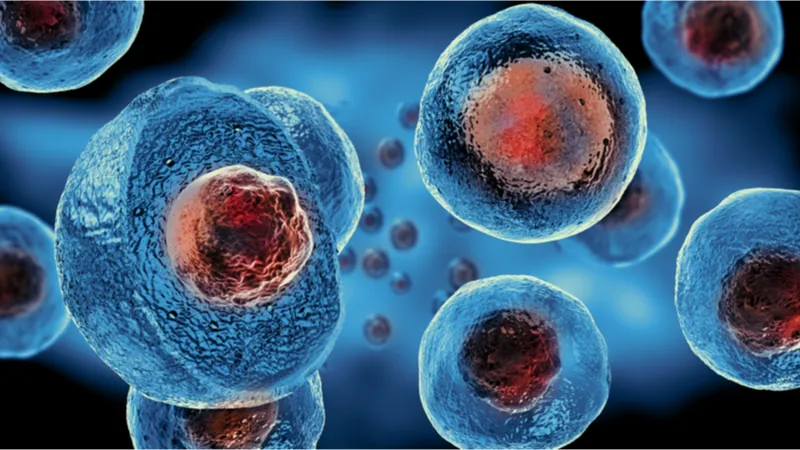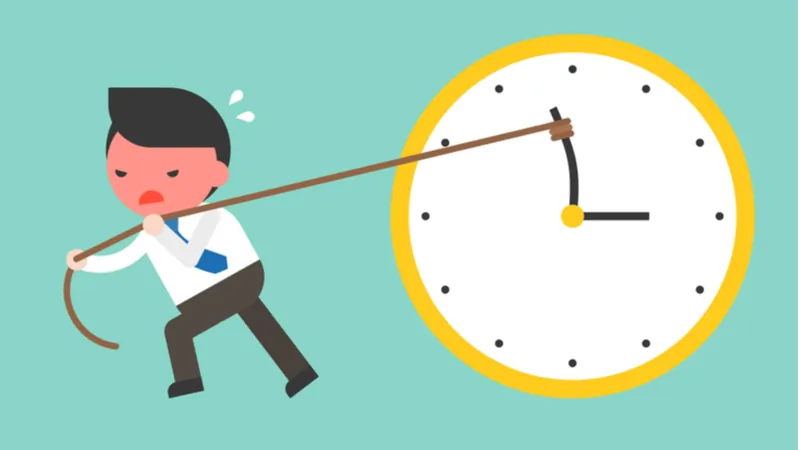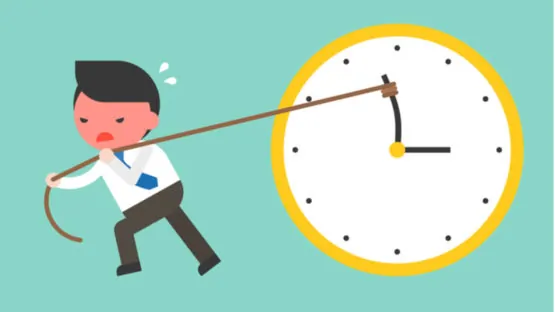Vadim Gladyshev and his team have published a review in Aging Cell about the current techniques and innovations in rejuvenation biotechnology, providing an overview of how these researchers see the state of the field.
The reversibility of aging
The reviewers begin by discussing the connection between the perceived irreversibility of aging and the lack of regeneration of many tissues in adult humans. They then contrast this with species in which this regeneration does occur, such as the limbs of certain salamanders [1] and in the heart tissue of newborn mice [2].
The paper then mentions a couple of methods by which this rejuvenation might be achieved. These are epigenetic reprogramming, which the researchers explain has been used to regenerate nerve axons after eye injury [3], and drug-based interventions, such as Greg Fahy’s approach towards reversing thymic involution [4].
The necessity of biomarkers
Critically, the researchers do not make the mistake of categorizing aging as a single variable that is shifted up or down. Instead, they list three broad metrics by which age reversal may be categorized: molecular damage, cellular functionality, and physiological improvement. They then go on to state that functional interventions that can be classified as truly reversing aging will reverse these phenotypes at multiple levels.
However, in order to identify which approaches actually show promise in effecting real-world age reversal, consistent sets of measurements must be used. The researchers note that physiological markers are often subjective and useful only in older animals, and mice must be sacrificed at multiple time points in order for their organs to be analyzed thoroughly.
Measurements based on molecular changes, such as epigenetics, however, do not share this problem. The researchers dive into the field of -omics, pointing out that the epigenome, transcriptome, and immunome can all be analyzed. They list multiple notable clocks, including PhenoAge and the vaunted GrimAge, and point out a large body of research showing that induced pluripotent stem cells (iPSCs) are biologically younger according to these clocks.

Read More
Systemic molecules and tissue transplantation
Ever since the Conboy research team discovered the true importance of the systemic environment on cellular behavior back in 2005, discovering that cells change their behavior due to its influence [5], many researchers have looked further into the potential benefits of replacing or removing certain molecules in the bloodstream.
While much research has focused on the benefits of introducing young blood into older animals, such as by connecting old and young animals together via heterochronic parabiosis or by introducing plasma fractions into older animals [6], other research has discovered that there are contaminants in old blood that contribute to aging and that simple dilution is enough to cause positive changes [7]. This is what Dr. Gladyshev classifies as the “deleteriome”: the toxic compounds and by-products that stimulate biological aging [8].
The researchers also discuss the transplanation of tissues, such as a study in which introducing youthful bone marrow into aged animals increased their lifespan by 12% [9] along with a brain tissue study showing that embryonic neurons could be integrated into the brains of adult animals [10].
Reprogramming and iPSCs
The researchers also thoroughly discuss the effects of cellular reprogramming and iPSCs, topics with which much of the rejuvenation community is very familiar. They cite a very long list of research studies showing that iPSCs are substantially epigenetically younger than their original dermal fibroblasts, with some clocks even reporting negative ages.
Along with the study in axonal regeneration in repairing eye injuries [3], the researchers cite a potentially very promising study in which human muscle cells were exposed to an mRNA treatment that caused them to become rejuvenated, according to multiple metrics, while still remaining functional muscle cells [11].
Naturally, the researchers also reiterate the main caveat with transient expression of the Yamanaka factors in the rejuvenation of somatic cells: if such factors are expressed for too long, such a treatment could rejuvenate cells all the way back to pluripotency, destroying their ability to function.
Embryonic development
This paper points out that there must be a minimum point of the age of cells, and as this occurs soon after the fusion of sperm and egg cells, there must be some sort of rejuvenative effect that turns these aged germ cells into a young embryo. Epigenetic clocks were employed in order to discover its existence and its effects [12].
This review returns to the concept of damage dilution, suggesting that the various byproducts of aging that are present in the oocyte are diluted through the multiple divisions of a newly formed embryo, thereby reducing their harmful effects.
Conclusion
Obviously, this paper does not purport to discuss the entirety of the rejuvenation biotechnology space, and it makes no mention of genomics nor does it discuss the extracellular matrix. While senescent cells are mentioned, their effects on the systemic environment through the senescence-associated secretory phenotype (SASP) are not, which some readers might see as a glaring oversight. However, Dr. Gladyshev and his team provide an enlightening perspective towards the current state of the rejuvenation field.
[1] Haas, B. J., & Whited, J. L. (2017). Advances in decoding axolotl limb regeneration. Trends in Genetics, 33(8), 553-565.
[2] Bryant, D. M., O’Meara, C. C., Ho, N. N., Gannon, J., Cai, L., & Lee, R. T. (2015). A systematic analysis of neonatal mouse heart regeneration after apical resection. Journal of molecular and cellular cardiology, 79, 315-318.
[3] Lu, Y., Brommer, B., Tian, X., Krishnan, A., Meer, M., Wang, C., … & Sinclair, D. A. (2020). Reprogramming to recover youthful epigenetic information and restore vision. Nature, 588(7836), 124-129.
[4] Fahy, G. M., Brooke, R. T., Watson, J. P., Good, Z., Vasanawala, S. S., Maecker, H., … & Horvath, S. (2019). Reversal of epigenetic aging and immunosenescent trends in humans. Aging cell, 18(6), e13028.
[5] Conboy, I. M., Conboy, M. J., Wagers, A. J., Girma, E. R., Weissman, I. L., & Rando, T. A. (2005). Rejuvenation of aged progenitor cells by exposure to a young systemic environment. Nature, 433(7027), 760-764.
[6] Horvath, S., Singh, K., Raj, K., Khairnar, S., Sanghavi, A., Shrivastava, A., … & Katcher, H. L. (2020). Reversing age: dual species measurement of epigenetic age with a single clock. bioRxiv.
[7] Mehdipour, M., Skinner, C., Wong, N., Lieb, M., Liu, C., Etienne, J., … & Conboy, I. M. (2020). Rejuvenation of three germ layers tissues by exchanging old blood plasma with saline-albumin. Aging (Albany NY), 12(10), 8790.
[8] Gladyshev, V. N. (2016). Aging: progressive decline in fitness due to the rising deleteriome adjusted by genetic, environmental, and stochastic processes. Aging cell, 15(4), 594-602.
[9] Guderyon, M. J., Chen, C., Bhattacharjee, A., Ge, G., Fernandez, R. A., Gelfond, J. A., … & Li, S. (2020). Mobilization-based transplantation of young-donor hematopoietic stem cells extends lifespan in mice. Aging cell, 19(3), e13110.
[10] Falkner, S., Grade, S., Dimou, L., Conzelmann, K. K., Bonhoeffer, T., Götz, M., & Hübener, M. (2016). Transplanted embryonic neurons integrate into adult neocortical circuits. Nature, 539(7628), 248-253.
[11] Sarkar, T. J., Quarta, M., Mukherjee, S., Colville, A., Paine, P., Doan, L., … & Sebastiano, V. (2020). Transient non-integrative expression of nuclear reprogramming factors promotes multifaceted amelioration of aging in human cells. Nature communications, 11(1), 1-12.
[12] Kerepesi, C., Zhang, B., Lee, S. G., Trapp, A., & Gladyshev, V. N. (2021). Epigenetic clocks reveal a rejuvenation event during embryogenesis followed by aging. bioRxiv.




